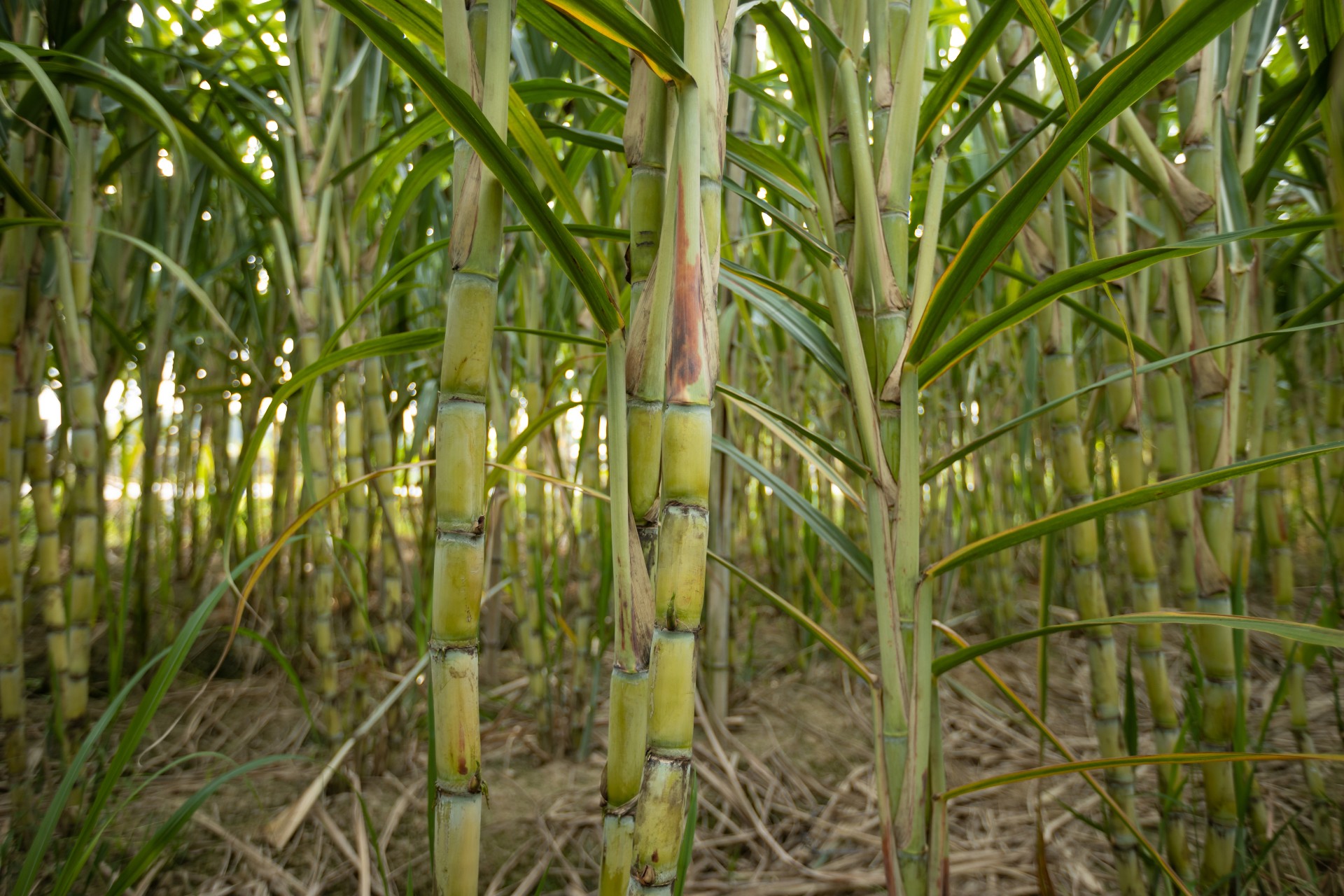
In an increasingly energy-hungry world, the pursuit of safe and sustainable sources is a paramount concern. As humanity faces the dual challenges of energy security and environmental preservation, the question arises: What is the safest energy source? This article embarks on a journey through the diverse landscape, exploring the pros and cons of various sources to unveil the elusive answer to this pivotal question.
Defining Safety in Energy
Safety Beyond Accidents
When pondering the safest energy source, considerations extend beyond immediate accidents and incidents. Safety encompasses not only the physical well-being of individuals but also environmental impacts, long-term sustainability, and the potential for adverse health effects. Balancing these factors forms the crux of determining the safest energy source.
The Contenders: Exploring Energy Sources
Fossil Fuels
Historically dominant, fossil fuels like coal, oil, and natural gas have powered economies for centuries. However, their safety record is marred by catastrophic accidents like oil spills, mine collapses, and air pollution-related health issues. Moreover, the environmental toll of greenhouse gas emissions, contributing to climate change, has spurred the search for safer alternatives.
Nuclear Power
Nuclear power offers substantial output, but it’s a double-edged sword. While incidents like Chernobyl and Fukushima underscore the potential for catastrophic accidents, advancements in reactor design and safety measures have reduced these risks. The challenge of nuclear waste disposal, with its long-lived radioactive materials, remains a persistent concern.
Renewable Energy
Renewable sources—solar, wind, hydroelectric, geothermal—are touted as safer alternatives. Solar and wind power have negligible environmental and health risks during operation, and accidents are unlikely. Hydroelectric power, while generally safe, poses flood and dam failure risks. Geothermal is relatively low-risk but limited by location feasibility.
The Metrics of Safety
Environmental Impact
Examining safety through an environmental lens reveals stark differences among sources. Fossil fuels and nuclear power generate pollution, greenhouse gases, and radioactive waste. In contrast, renewable sources have minimal direct environmental impacts, making them safer choices for long-term sustainability.
Health Implications
Health risks are intricately tied to sources. Fossil fuels emit pollutants that contribute to respiratory diseases, heart conditions, and premature deaths. Nuclear accidents can expose populations to radiation-related illnesses. Renewable energy sources present negligible health risks during operation, fostering safer living environments.
Disaster Resilience
Energy sources’ resilience to natural disasters is a critical safety factor. Fossil fuel infrastructure, like refineries and pipelines, is vulnerable to extreme weather events, leading to accidents and supply disruptions. Nuclear power plants are susceptible to earthquakes, tsunamis, and meltdowns. Renewables, being decentralized, are inherently more resilient to such disasters.
The Holistic Approach
Energy Security
Safest sources also consider long-term security. Fossil fuels are finite and vulnerable to geopolitical tensions. Nuclear power carries proliferation risks due to the potential dual-use of technologies. Renewables, hinging on inexhaustible natural processes, offer greater energy security.
Innovation and Research
Advancements in technology play a vital role in enhancing energy source safety. Improved reactor designs, waste management solutions, and grid integration bolster the safety of nuclear and renewable sources. Investing in research and innovation is essential to mitigating risks and enhancing overall safety.
Determining the safest energy source isn’t a straightforward endeavor. Each source comes with a unique set of benefits and risks. While renewables hold promise with their minimal environmental impacts, negligible health risks, and disaster resilience, they also face intermittency challenges and require continued technological advancement. Nuclear power, while potential clean energy, must address concerns about accidents and waste disposal. Fossil fuels, despite their convenience, impose significant environmental and health hazards.
Ultimately, the path to a safer energy future lies in diversification, innovation, and prudent decision-making. A mix of renewable sources, coupled with advanced nuclear technologies and energy efficiency measures, can guide us towards a safer and more sustainable energy landscape. As we navigate this complex terrain, it’s crucial to prioritize not only immediate safety but also the long-term well-being of our planet and its inhabitants.